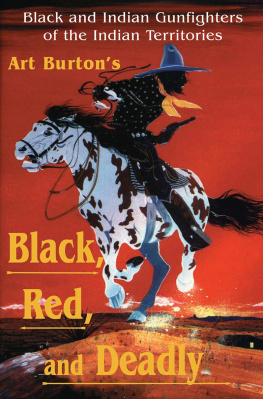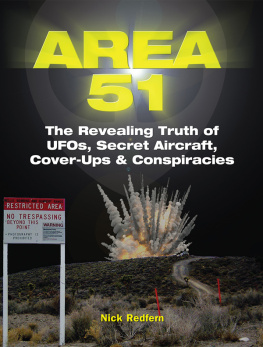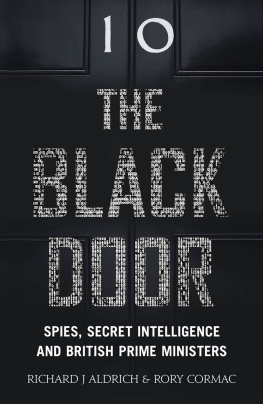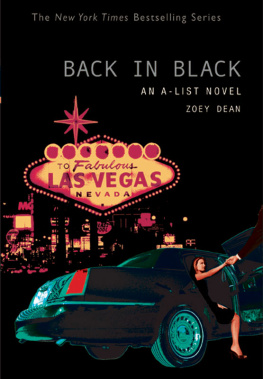Table of Contents
DUTTON
Published by Penguin Group (USA) Inc.
375 Hudson Street, New York, New York 10014, U.S.A.
Penguin Group (Canada), 90 Eglinton Avenue East, Suite 700, Toronto, Ontario M4P 2Y3, Canada (a division of Pearson Penguin Canada Inc.); Penguin Books Ltd, 80 Strand, London WC2R 0RL, England; Penguin Ireland, 25 St Stephens Green, Dublin 2, Ireland (a division of Penguin Books Ltd); Penguin Group (Australia), 250 Camberwell Road, Camberwell, Victoria 3124, Australia (a division of Pearson Australia Group Pty Ltd); Penguin Books India Pvt Ltd, 11 Community Centre, Panchsheel Park, New Delhi - 110 017, India; Penguin Group (NZ), 67 Apollo Drive, Rosedale, North Shore 0632, New Zealand (a division of Pearson New Zealand Ltd); Penguin Books (South Africa) (Pty) Ltd, 24 Sturdee Avenue, Rosebank, Johannesburg 2196, South Africa
Penguin Books Ltd, Registered Offices: 80 Strand, London WC2R 0RL, England
Published by Dutton, a member of Penguin Group (USA) Inc.
First printing, February 2009
Copyright 2009 by Trevor Paglen
All rights reserved
Map on pages viii-ix created by Darin Jensen. Photo on page 7: courtesy of the USGS; page 80: courtesy of the Department of Energy; page 152: courtesy of the USAF; page 168: courtesy of National Parks Service; page 186: courtesy of the Library of Congress. All other photos courtesy of the author.
REGISTERED TRADEMARKMARCA REGISTRADA
LIBRARY OF CONGRESS CATALOGING-IN-PUBLICATION DATA
Paglen, Trevor.
Blank spots on the map: the dark geography of the Pentagons secret world / Trevor Paglen.
p. cm.
eISBN : 978-1-101-01149-2
1. Military basesUnited States. 2. Intelligence serviceUnited States. 3. Defense information,
ClassifiedUnited States. 4. Military bases, American. I. Title.
UA26.A2P2716 2009
355.34320973dc22 2008042862
Without limiting the rights under copyright reserved above, no part of this publication may be reproduced, stored in or introduced into a retrieval system, or transmitted, in any form, or by any means (electronic, mechanical, photocopying, recording, or otherwise), without the prior written permission of both the copyright owner and the above publisher of this book.
The scanning, uploading, and distribution of this book via the Internet or via any other means without the permission of the publisher is illegal and punishable by law. Please purchase only authorized electronic editions, and do not participate in or encourage electronic piracy of copyrighted materials. Your support of the authors rights is appreciated.
While the author has made every effort to provide accurate telephone numbers and Internet addresses at the time of publication, neither the publisher nor the author assumes any responsibility for errors, or for changes that occur after publication. Further, the publisher does not have any control over and does not assume any responsibility for author or third-party Web sites or their content.
http://us.penguingroup.com
Prologue
We need to find an old man, says Maiwand. Were standing on a street corner in downtown Kabul. The traffic around us is a tempest of battered 1970s Toyotas occasionally punctuated by a U.N. Land Cruiser or an American Suburban. Were trying to find a taxi driver who knows the back road to Bagram, a road that has been so dangerous for so long that driving on it would have been unthinkable until recently. We need to find someone who remembers the route from before the Soviet invasion in 1979. An old man.
Eventually we find a driver who knows the road and wants $15 to make the trip, a weeks salary for someone lucky enough to have a steady job outside the opium business. We get into the mans beat-up Toyota wagon and bounce toward Kabuls outskirts. At the traffic circle near the militarys heavily fortified Kabul Compound around the corner from the bunker-like American embassy, we see a two-story-high paint-chipped and weathered sign instructing locals to turn in any terrorists they may know.
Kabul itself is occupied by a gaggle of American military units, private military contractors, European troops from the International Security Forces, United Nations development outfits, and other assorted nongovernmental organizations, but their trappings fade away as our cab drives northeast past the airport toward the back road to Bagram. Once were outside town, houses give way to sprawling junkyards erected Mad Max-style on the Afghan plains. Guard towers protect the compounds precious scrap metal and junk. Solitary furnaces from distant brick factories lace the air with black smoke. A few oversized pickup trucks with homemade turquoise-blue paint jobs adorned with intricate gold and red markings ramble past, their backs overladen with burlap sacks bearing food from Afghanistans agrarian bread-basket to the north.
After ten dusty miles, the walls of a compound rise in the distance, and we come to an old-world traffic jam: an elderly shepherd wearing baggy Afghan garb herding a flock of goats across the battered road. The man turns around to look at us. Hes wearing a baseball hat. Unusual attire for a traditional Afghan, to say the least. Emblazoned on his cap are the same initials Id seen printed on identity cards hanging from the necks of Bagram-bound contractors in Dubai. KBR: Kellogg Brown and Root, the construction firm that had until recently been a subsidiary of Halliburton, Dick Cheneys old company.
And there it is in the distance. The top of the crumbling old brick factory once known as the Hecht-hochtief, which found new purpose as one of the first black sites of the war on terrors geography. A secret prison called the Salt Pit, built shortly after September 11 as the Northern Alliance, the CIA, and American Special Forces fanned though Afghanistan. Like so many other secret places, it had been built as a temporary facility but stayed open long after the initial invasion was complete, eventually holding scores of the CIAs ghost prisoners whod been rendered from all over the world. When the CIA abducted a man named Khaled El-Masri from Macedonia and brought him here, his black-clad interrogators told him that he was in Afghanistan, where there are no laws... We can do with you whatever we want.
What was once a single, crumbling building was now an entire complex spanning dozens of acres and surrounded by high brick walls and a barbed wire fence. Outside the walled gates was another wind-blasted and paint-chipped sign in Dari and English: NO PHOTOGRAPHY. I start snapping pictures.
Black SUVs pull out from the far side of the compound, a tell-tale sign of some kind of special American unit: CIA, Special Forces, or contractor. Realizing that theres a checkpoint ahead, I pull out the memory card on my camera, stash it under the car seat, then pull out another and shoot off a few more pictures. If the guards demand to see what pictures Ive taken, they will see that I have indeed taken forbidden photographs. I plan to play dumb. Ill pretend not to have seen the billboard-sized sign, admit to taking the photos, and apologetically erase them or forfeit the camera and memory card. The good stuff will be safely under the car seat. The images on the card are far more valuable to me than the easily replaceable camera equipment.










